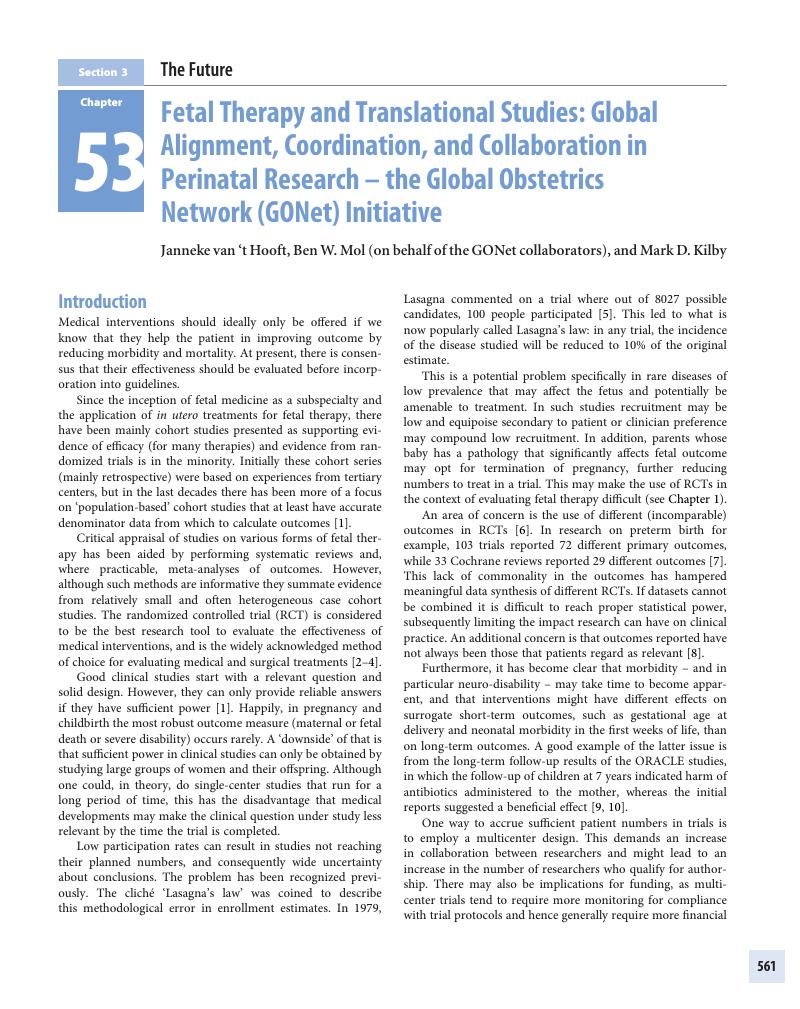Section III: - The Future
Published online by Cambridge University Press: 21 October 2019
Summary

- Type
- Chapter
- Information
- Fetal TherapyScientific Basis and Critical Appraisal of Clinical Benefits, pp. 561 - 587Publisher: Cambridge University PressPrint publication year: 2020



